You have the cutest, sweetest, little puppy ever! Having a puppy is special. All puppy parents, especially first-timers, have a lot of questions. Chief among them is what kind of puppy food should you give your little guy or gal.
Puppy Food 101
Start by giving your puppy . . . guess what? . . . Puppy food. As obvious as that sounds, you might be inclined to do otherwise. Maybe you already have an adult dog at home and a ready supply of food. It makes sense to share, right? Giving your little one even if a large breed adult dog food instead of large breed puppy food might be convenient but there are a lot of benefits to a puppy formula. Your puppy is rapidly growing and developing. As such, it has higher nutritional demands than your adult dog that differ by breed size. The small breed puppy food you choose should be specifically formulated to address these needs.
are are a lot of options when it comes to feeding puppies: canned food, freeze-dried, raw, and dry puppy food, commonly called kibble. Let’s focus on feeding kibble to puppies for now.
Starting a Puppy on Kibble
New puppy parents naturally wonder what’s the best kibble for a puppy and when to feed puppies kibble. As a rule of thumb, you can plan on starting a puppy on kibble around 8-10 weeks of age. We talked previously about not giving your puppy food formulated for adult maintenance. You’ll also want to avoid giving it people food. This can not only lead to begging, but also nutritional imbalances and unhealthy weight gain.
Before starting a puppy on kibble, look for the crunchy concoction that best suits their breed and size. You can learn a lot just by reading the nutritional content listed on the bag. Talk to your vet about the best kibble for a puppy and be sure to get a thumbs-up from them before starting a puppy on kibble. They can help you avoid a recipe that might trigger skin allergies or inflammation in your pup or upset their stomach.
Finding the best Kibble for a Puppy
Feeding kibbles to puppies makes a lot of sense. It’s easy to store and also easy for your little pup to eat. It also tends to be one of the more economical choices, but don’t base your decision on price alone. This doesn’t mean the best kibble for a puppy is necessarily the most expensive one on the shelf, though you usually get what you pay for. At minimum, you’ll definitely want to avoid artificial flavors, colors and filler ingredients that lack nutritional value.
Also consider the activity level of your little puppy as you search for the best kibble for a puppy. Do you have a working pup? Or one that loves to play fetch like the day is long? If that’s the case, you’ll want a kibble with enough calories to fuel their hustle. Getting a recipe that also includes a joint supplement is likely a solid plan.
A lower-calorie variety may be the best kibble for a puppy that prefers your lap or a casual stroll over a life of vigor.





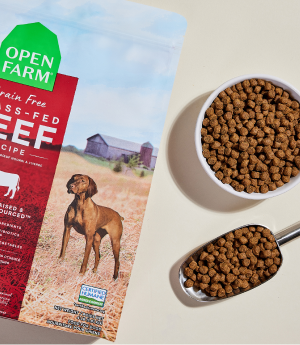
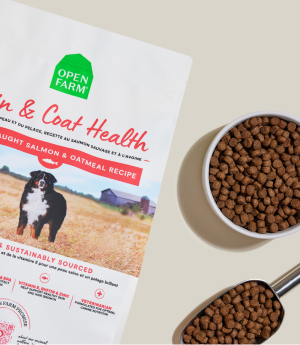
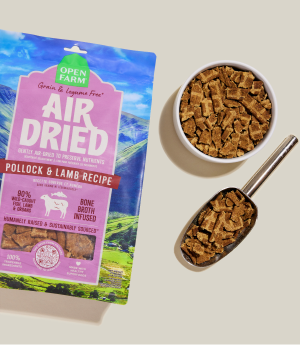
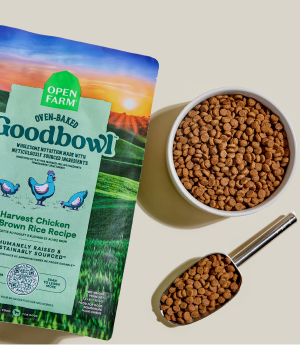
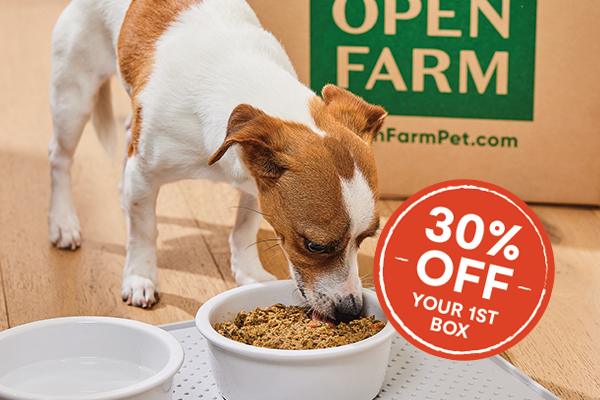

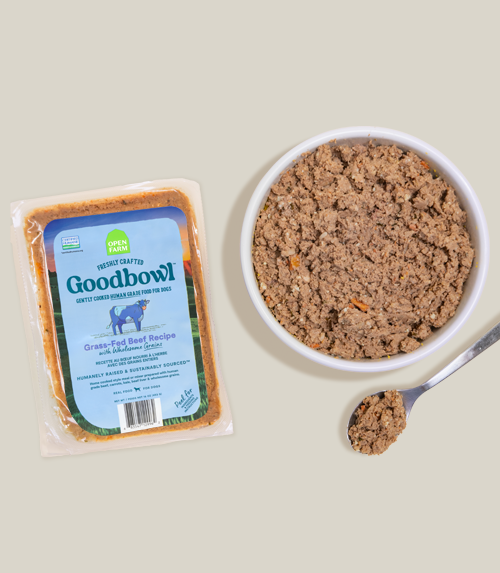

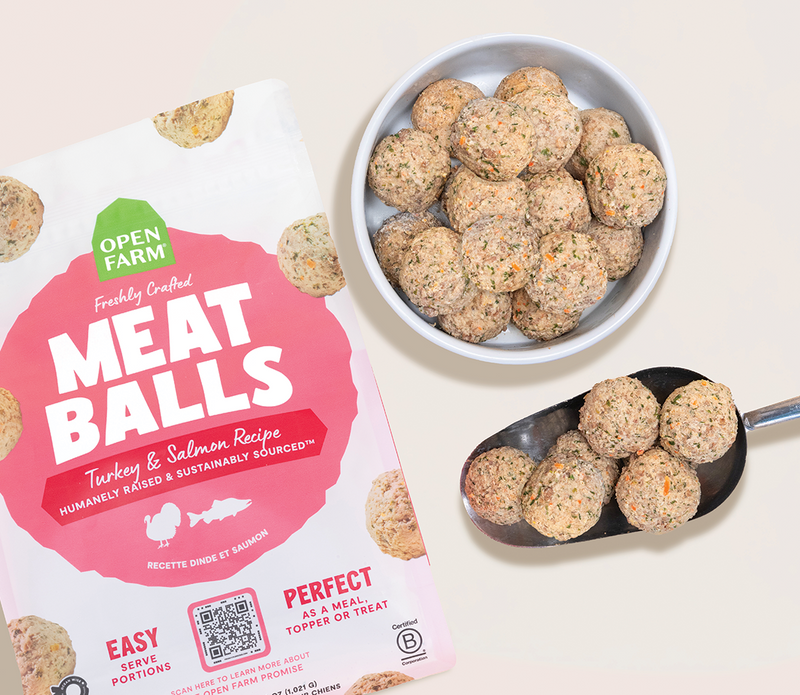
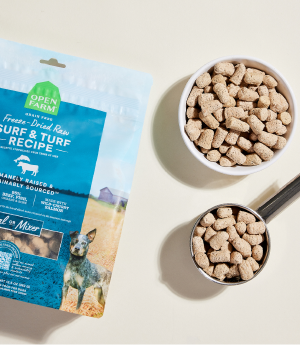

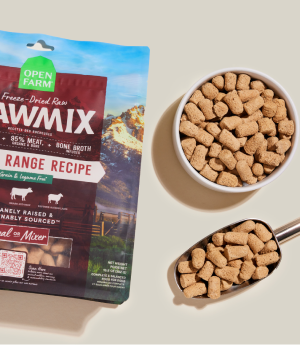
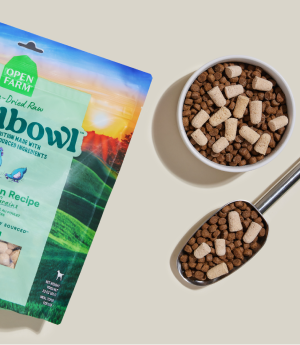
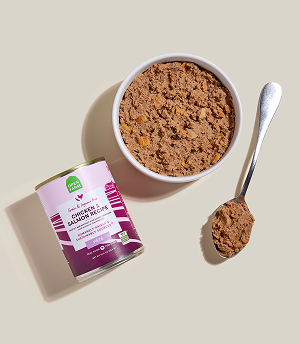


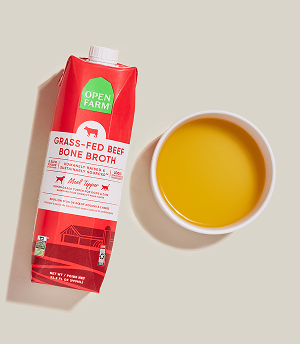

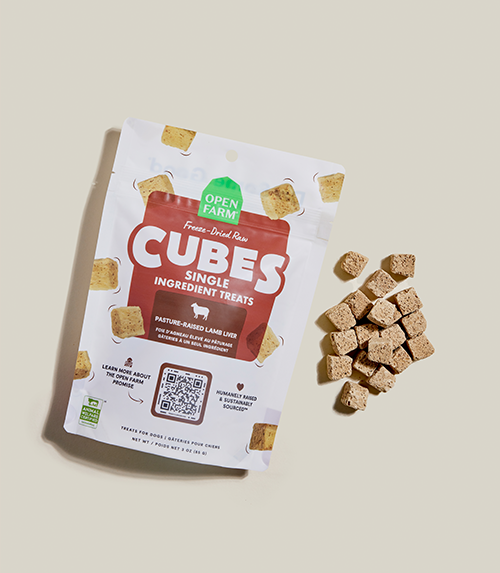
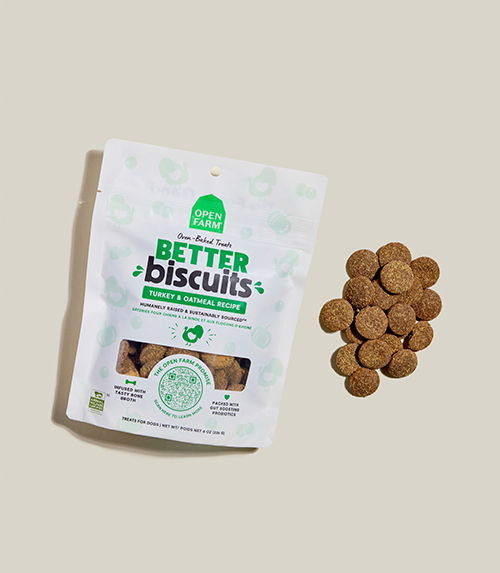






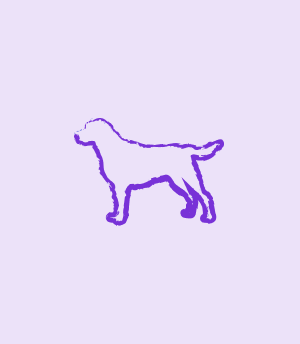

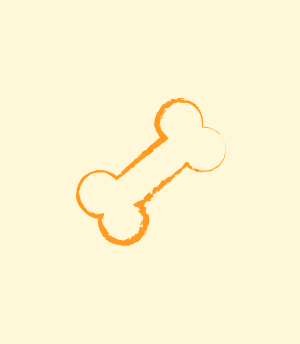



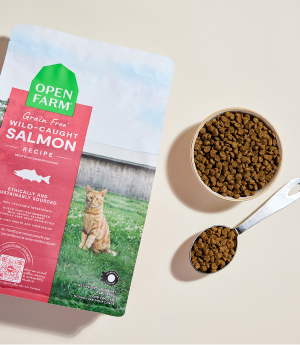
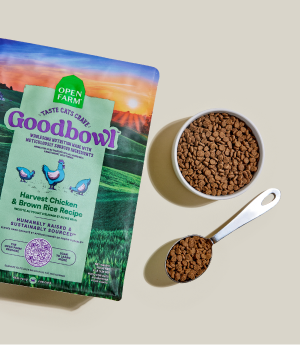


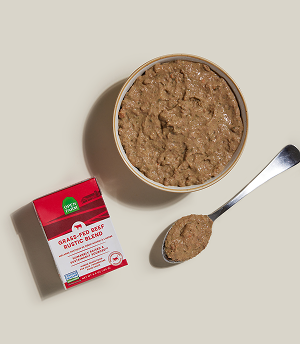
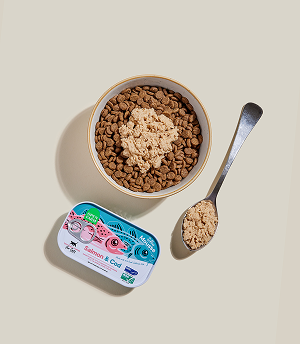
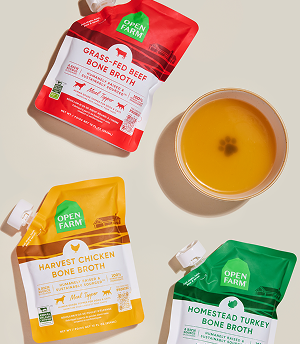
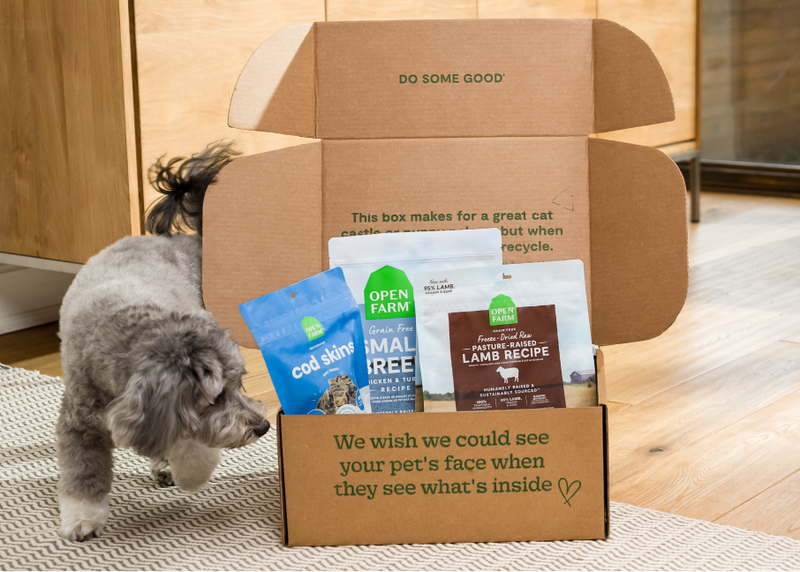
 Sign In
Sign In
 Create Account
Create Account












